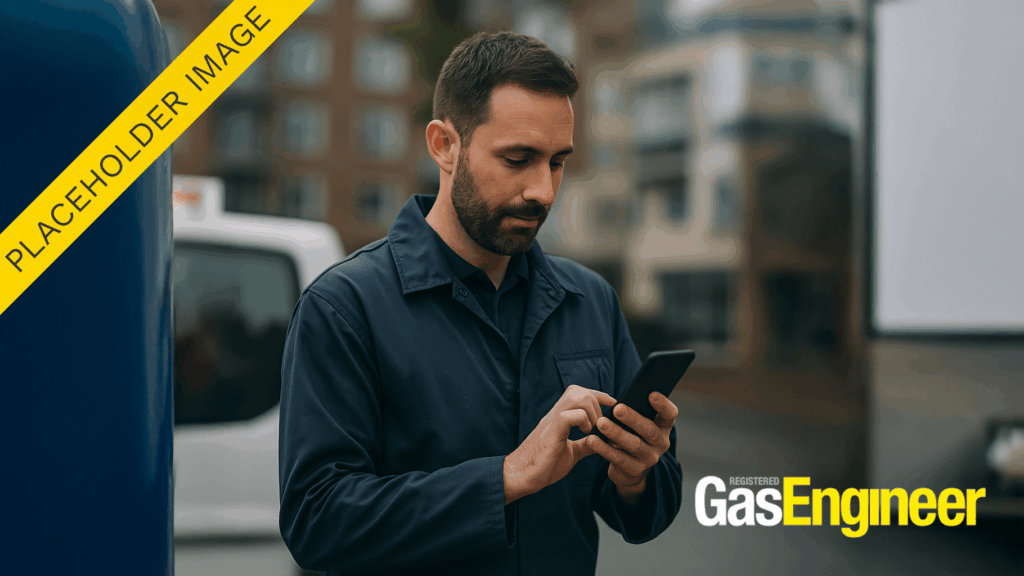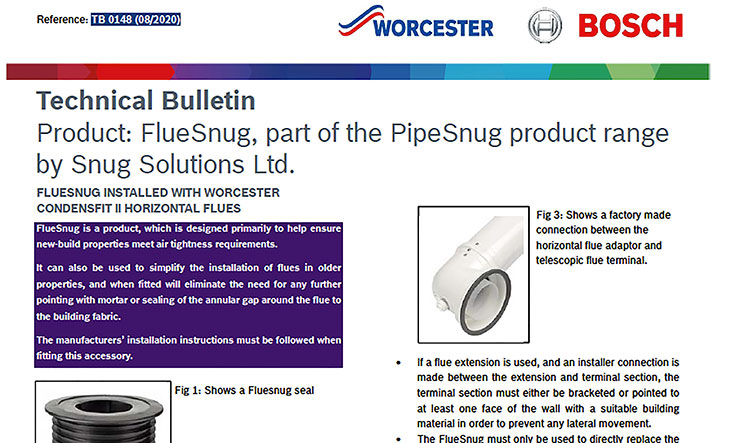
Technical Bulletin 124
LPG on boats, yachts and other vessels: Update on standards, gas tightness testing, bubble testers and pressure gauges, regulators and overpressure control.
Date issued: May 2017
Note: This version of Technical Bulletin (TB) 124 replaces the version originally published on 20 September 2010, which is now withdrawn. This version has been reviewed and, where appropriate, revised to ensure that it remains both current and relevant.
This Technical Bulletin provides guidance to Gas Safe registered businesses/engineers on the recommended gas tightness testing procedure for boats, yachts and other vessels.
Introduction
British Marine, the Boat Safety Scheme (BSS) and Gas Safe Register’s Technical Department have received a number of queries regarding liquefied petroleum gas (LPG) systems on boats, yachts and other vessels.
Current standards
Some concerns emanate from a misunderstanding that there are two different standards with which gas installations may comply for LPG installations on boats, yachts and other vessels. With effect from March 2016, standards PD 54823(1) and BS EN ISO 10239(2) are complementary in their structure and detail.
BS EN ISO 10239 is for new installations and additions to existing installations, whereas PD 54823 is for guidance of system design, commissioning and maintenance.
Testing for LPG gas tightness
Standards PD 54823 and BS EN ISO 10239 have complementary tightness testing procedures. Both standards include the same tightness testing with air procedures, with more detail provided in PD 54823. These tests are for new installations or additions to pipework.
Commissioning and maintenance testing procedures using LPG only are detailed in PD 54823. These tests are for when the system is first commissioned with LPG; whenever work is carried out that might affect tightness; if a gas escape is suspected; or before re-establishing an existing supply.
Gas installations may be encountered on new boats being imported into the geographical areas covered by Gas Safe Register, ie, Great Britain, Northern Ireland, Isle of Man and Guernsey. When these installations are first commissioned, they should be tested for gas tightness against PD 54283 or the appropriate standard as quoted on the boat’s ‘Declaration of Conformity’.
Bubble tester and pressure gauge
BS EN ISO 10239 requires boats, yachts and other vessels manufactured from August 2008 to incorporate a simple means to test the LPG system for leakage. It’s suggested that this could be a bubble tester or a pressure gauge. These devices are not considered suitable for carrying out a test for gas tightness – their sole purpose is to provide a simple, convenient method of checking the gas installation for any leakage prior to use.
Regulators
Another issue that has been brought to the attention of Gas Safe Register is that regulators manufactured to BS EN 16129(3) are being installed on boats, yachts and other vessels where they may not be suitable. This standard covers a wide range of regulator pressure outputs and so it is important to check that, when a regulator on a boat, yacht or other vessel requires exchanging, only the correct type is used, suitable for the appliances connected.
Where regulators are fitted to an installation with appliances designed to operate at a different pressure from the regulator output, they may affect the safe operation of that appliance.
It is also important that the replacement regulator is suitable for a marine environment, especially if the vessel is sea-going, where it should be marked as to Annex M of the standard.
Overpressure control
When fitting a new regulator, both BS EN ISO 10239 and PD 54823 require boats, yachts and other vessels to incorporate a means of preventing uncontrolled pressure increase in the low-pressure side of an LPG system. This is typically by use of an OPSO (over-pressure shut-off device) or a pressure regulator.
Note 1: For details of current gas safety legislation, building legislation and industry standards for the geographical areas covered by Gas Safe Register, see the Legislative, Normative & Informative Document List (LNIDL)(4) by logging into your online account at: https://www.gassaferegister.co.uk/sign-in/
Note 2: For general information about the process behind the development of Gas Safe Register Technical Bulletins and the expectations for all stakeholders, see TB 1000(5) by logging into your online account at: https://www.gassaferegister.co.uk/sign-in/
Bibliography
(1) PD 54823: 2016 Guidance for the design, commissioning and maintenance of LPG systems in small craft
(2) BS EN ISO 10239: 2014 Small craft – Liquefied petroleum gas (LPG) systems
(3) BS EN 16129: 2013 Pressure regulators, automatic change-over devices, having a maximum regulated pressure of 4 bar, with a maximum capacity of 150 kg/h, associated safety devices and adaptors for butane, propane, and their mixtures
(4) LNIDL – Gas Safe Register Legislative, Normative & Informative Document List
(5) TB 1000 – An introduction to Gas Safe Register Technical Bulletins

